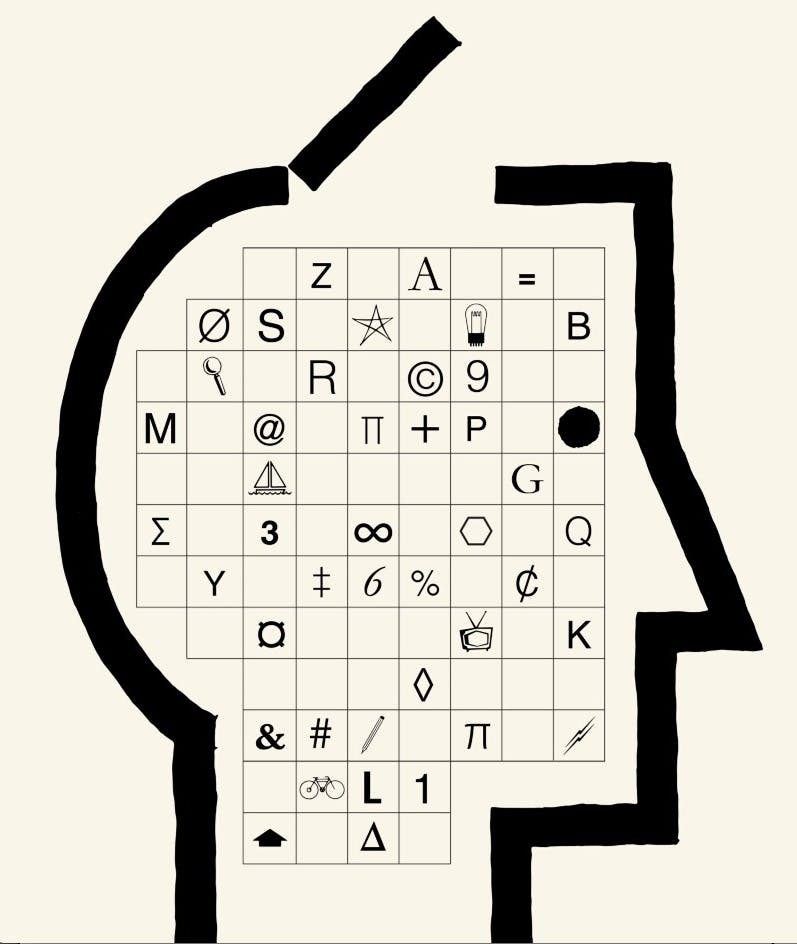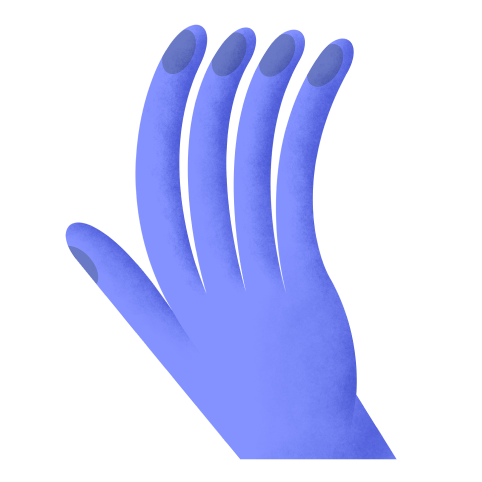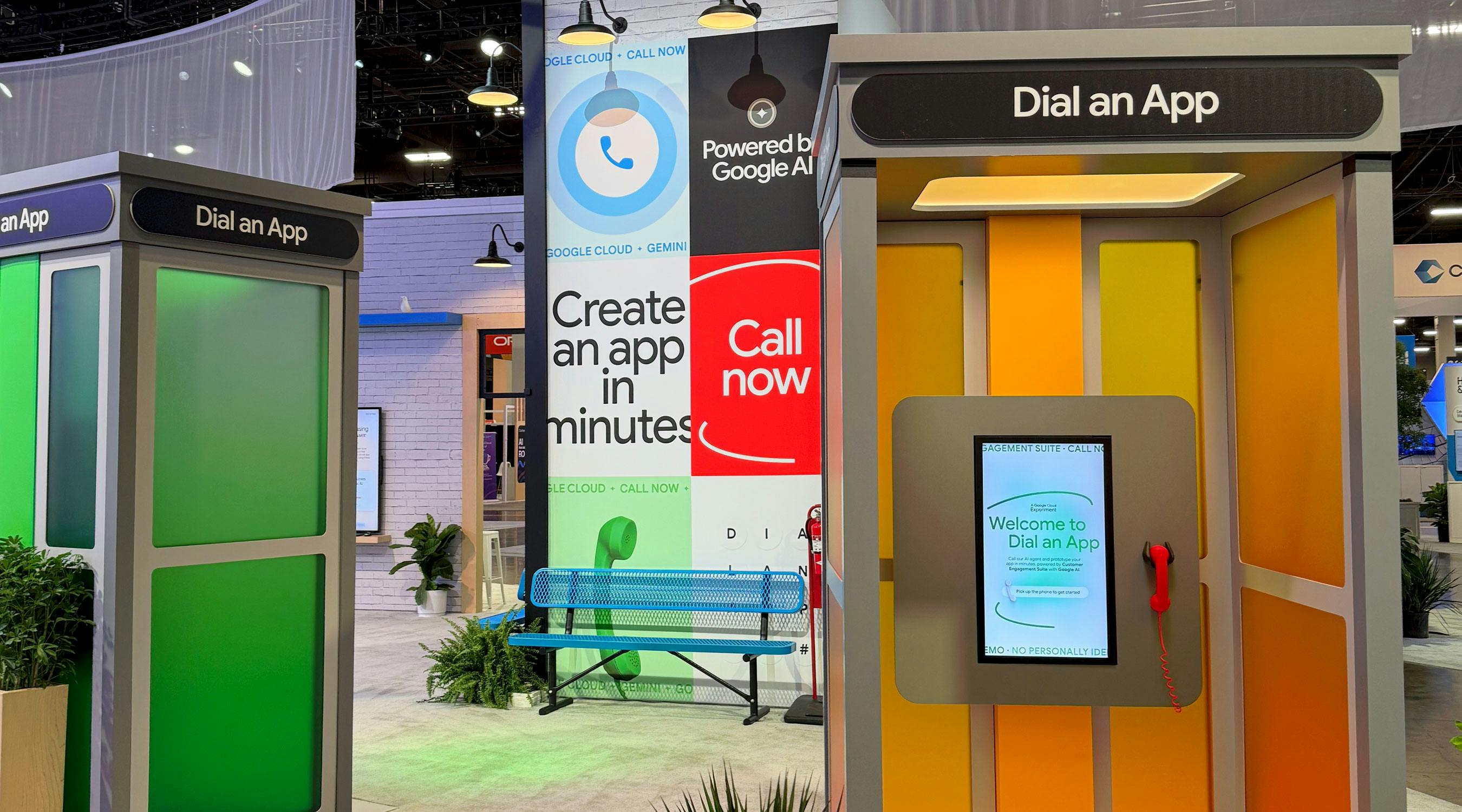A Modern View of Branding: Author Marty Neumeier Talks Shop with Use All Five
Marty Neumeier is the author of “The Brand Gap” and recently “The Brand Flip”. He is also the Director of Transformation at Liquid Agency in Silicon Valley. We talked to him about branding and his latest book.
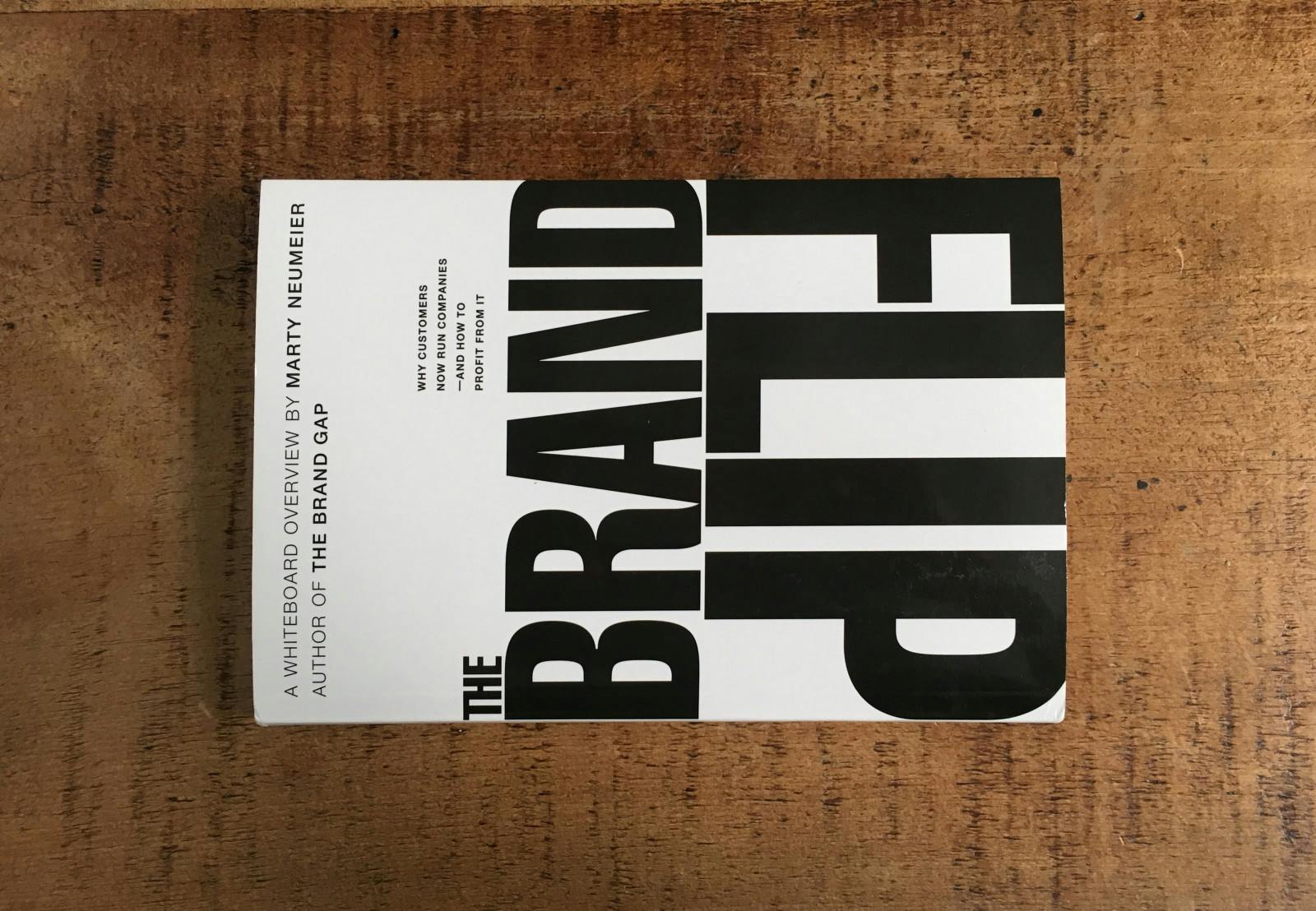
In your experience, what do most people think when they hear the word “branding”? How would you like to challenge that?
Marty Neumeier: Most people think of branding as a subset of marketing. You take a product, name it, stick a logo on it, put it in a package, get it out there, sell it with advertising. My first book The Brand Gap was a shot across the bow of this obsolete view.
A more modern view is that marketing is a subset of branding. Marketing is the process of selling a product. Branding is the process of co-creating the right product with your core customers so that they find meaning in it and tell their friends. The goal of branding is to make a product so desirable and essential to people’s lives that selling is unnecessary. Marketing can then be more strategic.
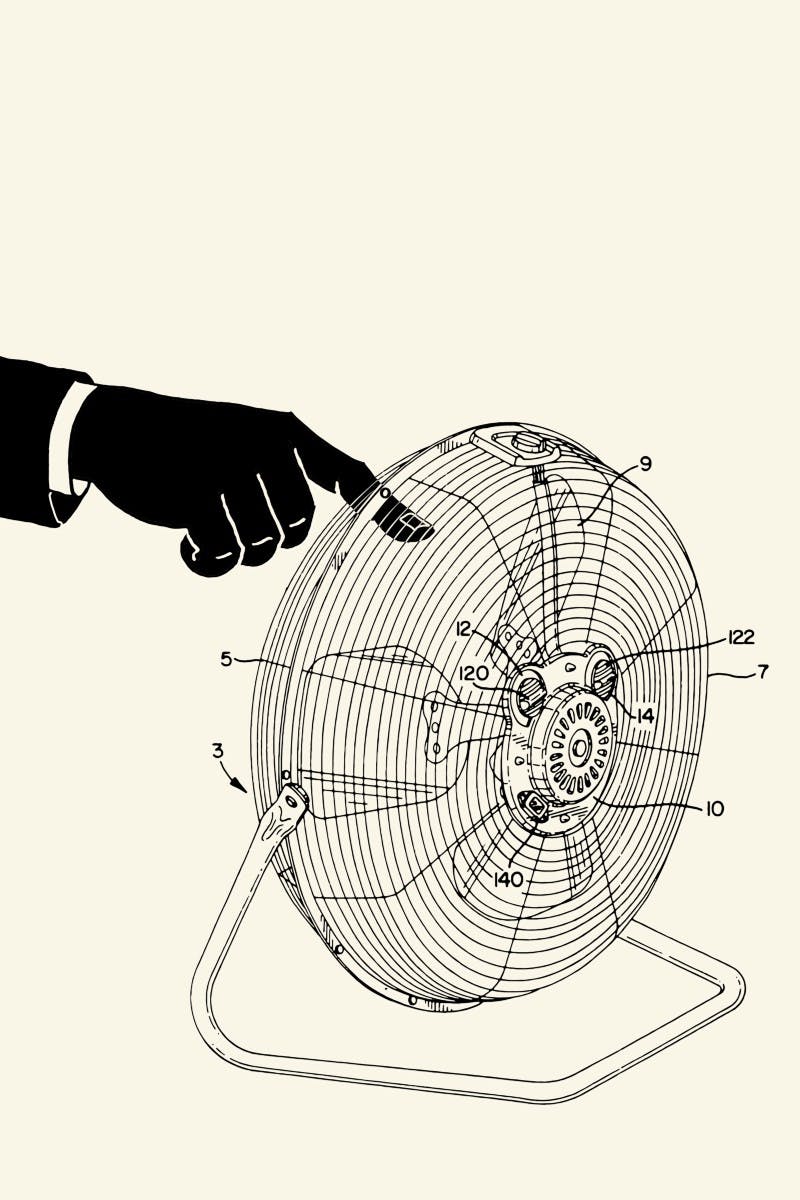
Your “onlyness” test has been a huge influence on the marketing and design world since you released Zag. What are your thoughts on brands like Amazon, Apple and Facebook, which are expanding out so far from their core “onlyness”?
Marty Neumeier: I see their growth as a natural extension of their core strategies. Amazon started as the world’s largest online store, with books as its first product line. It’s still the world’s largest online store. Apple started with the unique vision of democratizing technology with better design. It’s still democratizing technology with better design. Facebook set out to enable a network-based society. It’s still enabling a network-based society.
Onlyness is my term for a point of differentiation. A given onlyness doesn’t last forever. It’s situational. Your compelling difference needs to change with the marketplace and customers’ needs. If Kodak had changed it’s onlyness from making the best film products to, say, making the simplest digital cameras, they might have stayed on top. If Sears had changed it’s onlyness from selling the most practical products in stores to selling the most practical products online, by now it might be bigger than Amazon. People are looking for the “only” in each category, but that onlyness has to be relevant to their lives.
People tend to buy in groups. They ask themselves, “If I buy this product, what does that make me?”
We’ve used the term “tribes” in some of our thinking the past year and found that it confuses people. How do you share the definition to people unfamiliar with the term? Do you receive resistance from traditional marketers?
Marty Neumeier: You need to define it for them. A “brand tribe” is a group of customers who share a set of needs and talk to each other. I first invented the term for The Brand Gap in 2003 to describe how technology was enabling groups of people to form around products and companies. A few years later Seth Godin wrote a forward-looking book on how to lead a tribe, which I highly recommend for startups and thought leaders. It’s called (unsurprisingly) Tribes.
The reason tribes are interesting to brand builders is that people tend to buy in groups. They look around to see who else is buying a product or endorsing an organization. Then they ask themselves, “If I buy this product, what does that make me?” In other words, “What tribe am I joining?” Brands have become the building blocks of personal identity. The easiest way to choose among brands is to decide who you want to be, or who you want to fit in with.
Has exposing your new book The Brand Flip to the general public revealed anything you wish you could add, revise, or clarify?
Marty Neumeier: It usually takes me a few years to discover what’s missing, or what I should have emphasized, or where readers might need more clarification.
For example, after living with The Brand Gap, I realized that my workshop participants were having trouble with the concept of strategic differentiation. So I followed that book with Zag. Then, after giving a lot of workshops on differentiation, I realized that what people needed next was a way to build a company culture around it. So I wrote The Designful Company, introducing the concept of design thinking. I’m only just now doing workshops and keynotes on The Brand Flip, so I’ll have to wait and see how people do. Ask me in a couple of years!
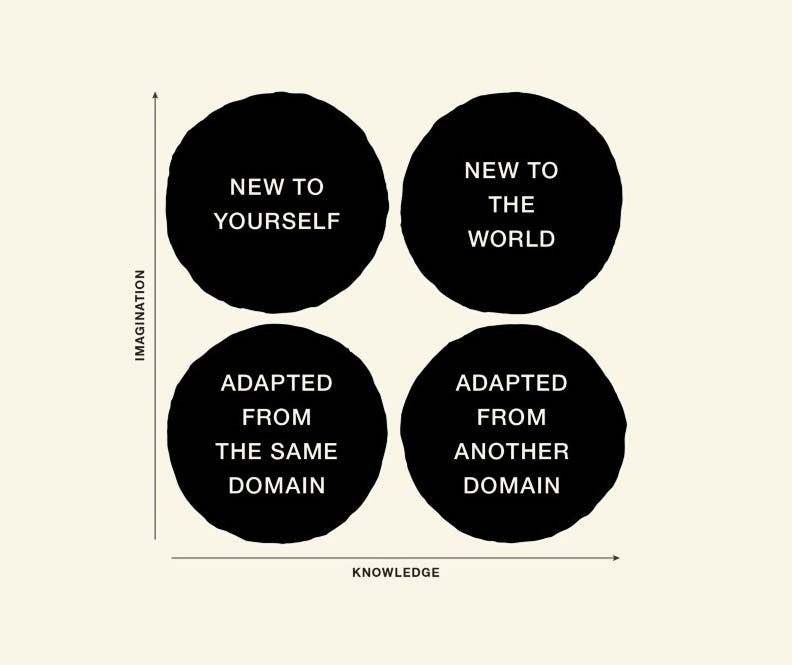
When you listen closely to what customers are saying, you can see your future forming. The smart ones are telling you where you need to go next.
What have you found are the best ways for brands to discover reactions and feedback in the digital sphere? Do you prefer to surface these feelings in the real world?
Marty Neumeier: Social media is the perfect place to monitor brands. The core idea in The Brand Flip is that customers now run companies, thanks mostly to social media. Social media for many companies is actually more valuable as a feedback mechanism than as a promotional tool. When you listen closely to what customers are saying, you can see your future forming. The smart ones are telling you where you need to go next.
Conversations in the real world can be equally important. Especially for companies with live humans in customer service. The people on the front lines are the real brand stewards. They can make or break a company over the long run. They can also pass useful information back up to the brand strategists, but only if they’re empowered and encouraged to do it. The cleverest companies will give them hefty raises and exceptional training.
Can you suggest any creative exercises to build meaning around a boring product or service?
Marty Neumeier: Yes. There’s a set of exercises in the book for the Brand Commitment Matrix. It matches the “IAM” of customers (Identity, Aims, and Mores) to the “POV” of the company (Purpose, Onlyness, and Values). These have to match up across the divide. Once you start to build these elements, you realize there are no boring products or services, just boring expectations. After you commit to a bolder, more strategic business that puts customers at the center of it, you quickly see that any product or service can be exciting. Even yours.
